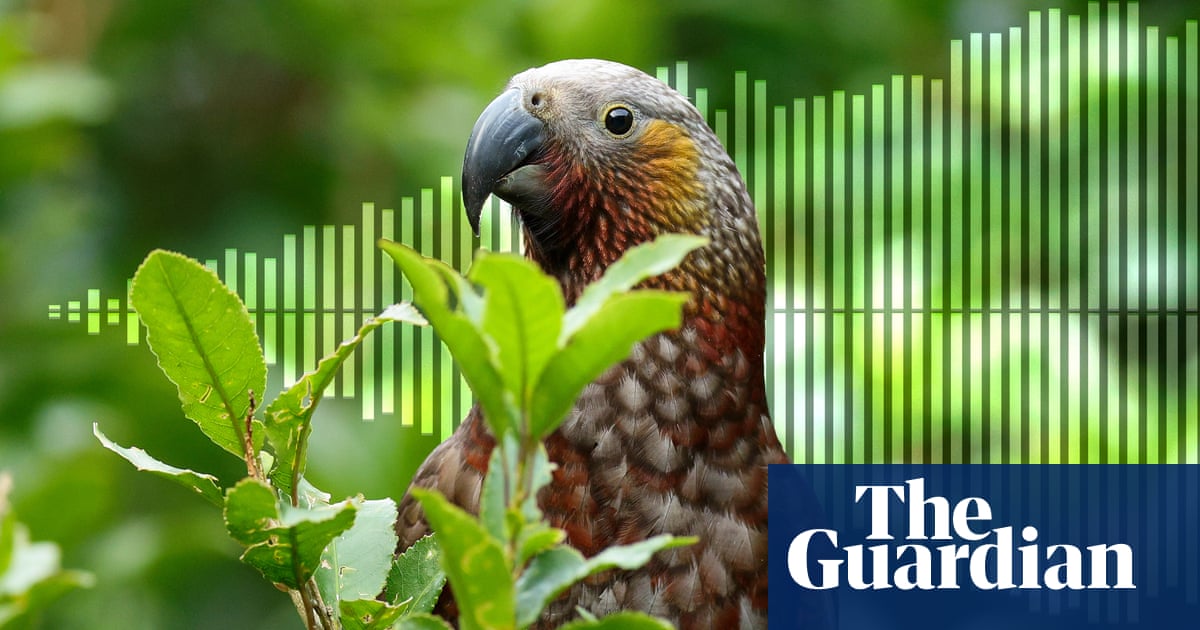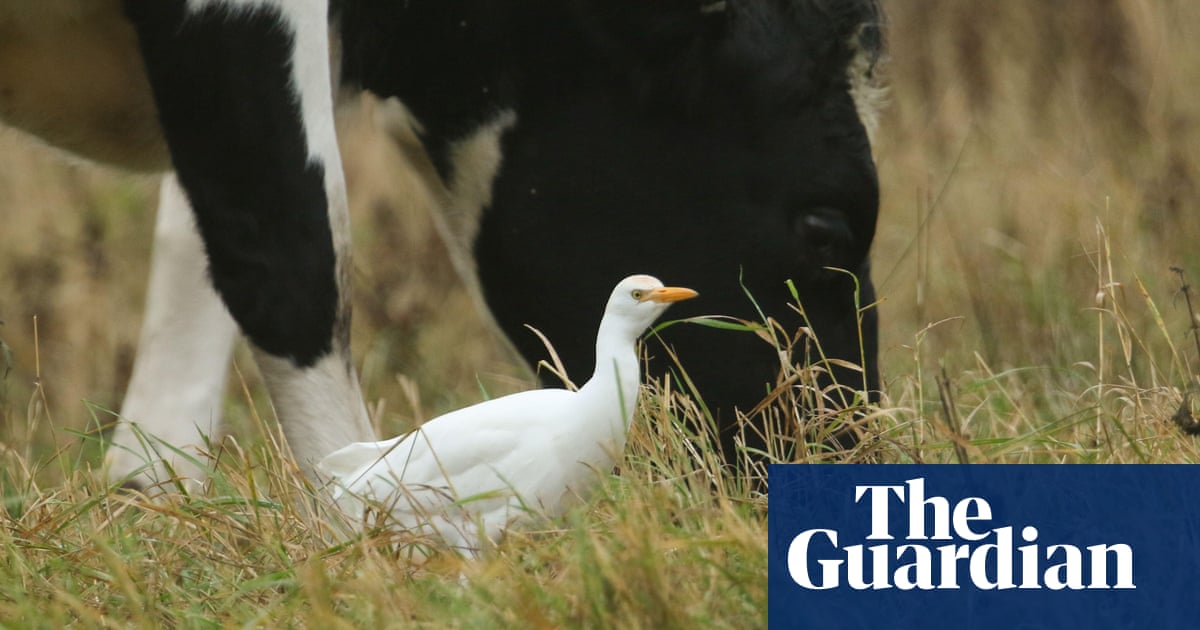
Chepalungu forest has been at the heart of Kenya’s Kipsigis community for as long as anyone can remember. It is also a source of streams that recharge the Mara River and, owing to its proximity to the Maasai Mara national reserve, a refuge for wildlife.
But during widespread protests following the presidential election results in 2007, much of the forest in Bomet county, south of the Rift Valley, was destroyed and the trees felled. Joseph Towett, an elder from the community and a passionate conservationist, remembers the devastation. “Trees were regarded as a home for animals and birds, so cutting them was like destroying them. The destruction was like a curse,” he says.
The disappearance of indigenous trees such as African wild olive, cedar, red stinkwood and nandi flame, was not just a blow to biodiversity but also to the Kipsigis’ way of life. The forest is a valuable source of herbs and plants for medicines and traditional ceremonies. “Without these plants, our ceremonies lack authenticity and this poses a big problem for our community,” says David Sigei, who lives next to the forest. “When the forest was destroyed, some of these trees disappeared.”
Chepalungu forest reserve is managed by Kenya Forest Service (KFS) and stretches across 4,871 hectares (12,000 acres) divided into two blocks: Siongiroi with 871 hectares and Kapchumbe with 4,000 hectares. Although the forest is overseen by KFS, with the help of international organisations such as the WWF and US Forest Service, local communities are playing a central role in bringing the forest back to life.
In 2008, Towett set up the Chepalungu Apex Community Forest Association, which is owned and managed by local people, with the aim of reintroducing lost tree species. By getting involved in tree planting, the community has managed to restore more than 160 hectares of land and cover it with trees once again.
The Kipsigis people’s livelihood and culture are deeply embedded in nature, says Towett, making them key to conserving the forest’s biodiversity and mitigating the impact of the climate crisis.
Past changes in land use and planting exotic trees for commercial purposes have contributed to the loss of indigenous species. Now, villagers are taking a collective responsibility for managing, conserving and participating in tree planting.
“When the community discovered that they were losing a very important aspect of the environment, they started being actively involved in conservation,” says Sigei.
Jane Rotich, a forest scout and advocate for traditional herbal remedies, says that during the Covid lockdown in Kenya fewer people were able to access health facilities and many turned to traditional medicinal plants, leading the community to step up efforts to preserve and plant indigenous trees.
“Unlike before, you don’t struggle looking for these plants. They have grown again and are easily accessible,” she says.
The county government of Bomet has prioritised the free provision of indigenous seedlings for the communities in Chepalungu forest. “We have established a database list of extinct indigenous tree species and we insist on buying more of these than exotic seeds,” says Gilbert K Korir, an environment officer for the county.
In Chepalungu forest, they have successfully planted 90,000 trees and indigenous species are regenerating well. But while they have the support of the community, the climate crisis still poses a threat to the forest. “Unreliability of rainfall is the greatest challenge to restoration programmes,” says Timothy Oyondi, Chepalungu forest station manager for the KFS.
Ousseynou Ndoye, the regional coordinator for west and central Africa at the African Forest Landscape Restoration initiative, an effort to restore 100m hectares of land in Africa by 2030, emphasises the importance of small communities in restoring nature across the continent.
“They restore small areas of degraded forests and lands which, when aggregated, become very significant. They are the local landscape actors who implement forest landscape restoration on the ground,” he says.












